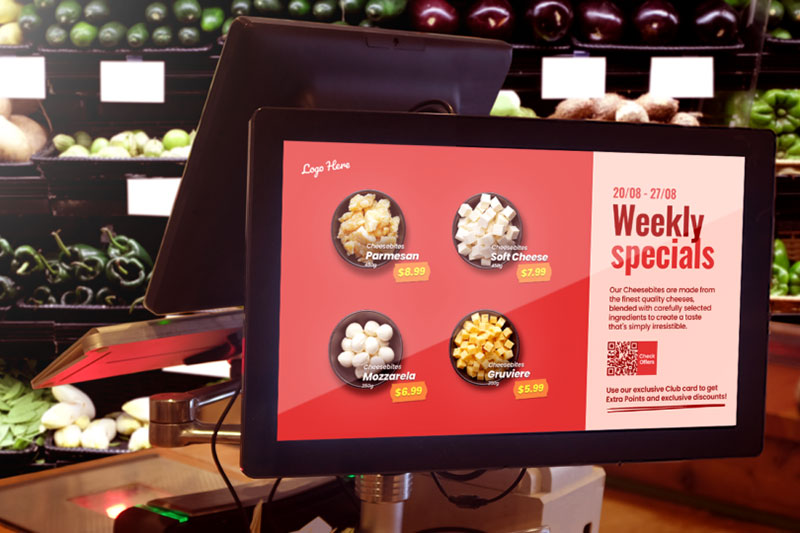The purpose of point-of-sale materials (POSM) is to promote products to shoppers where they shop. Brands place such displays at the point of sale i.e. supermarkets, convenience stores, shopping malls, so that shoppers that are already in the state of mind to make purchases can be influenced to consider their products.
To design POSM displays that are effective, a useful guide comes in the shape of the popular AIDA formula, which stands for:
A – Attention
Creating awareness of your brand and/or products.
I – Interest
Making shoppers want to continue paying attention by keeping them engaged.
D – Desire
Building a sense of want from the shoppers toward what you’re promoting.
A – Action
Helping to push the want into actually purchasing your product.
How can you use AIDA for your POSM displays? Below are some illustrations that work for the different parts of the formula.
Attention:
When it comes to attention, catching the eye is the name of the game. The catch is that it has to be done so that the right messaging comes across, because the ultimate aim is to create awareness.
Shoppers need to not only be aware that a brand exists, but also aware of who the brand is and what it offers.
Source: Pinterest
Source: Pinterest
While funky and unusual POSM displays may turn heads, at the end of the day shoppers need to make sense of what they see in a split second, before turning their attention to another display.
Good examples of displays that get attention are bold and straightforward, like the Got Milk? standee that leverages on the wildly successful campaign of the same name to immediately evoke association, as well as the gigantic Heinz ketchup supermarket aisle display.
Interest:
To get a shopper interested, relevancy matters. If it doesn’t relate to them, it doesn’t matter to them. Marketers have to understand what their target audience values and what their pain points are that the marketed product can solve.
Good copywriting for POSM displays often does the trick.
There are also opportunities to take it a step further by making their POSM engaging and interactive, so that shoppers are not only looking but also touching and hearing what a brand has to offer.
Source: Pinterest
Source: Pinterest
Chanel’s Coco Game Center is an example of how brands can pique the interest of shoppers with arcade games amongst other interactive games. The action figure Star Wars photo booth from Comic Con is another that gets people personally involved rather than standing and viewing passively from a distance.
Desire:
Now that you’ve gotten their attention, how do you make them want what you’re selling? By going another level deeper in relevancy.
This part typically relies heavily on good copy to translate features into benefits. Not only does solving pain points for shoppers matter, but also being differentiated from competing products.
Sometimes it may mean having a differentiated set of product options to cover a range of needs, such as what Lancome does with its range of color correction creams.
Source: Pinterest
Brands can go further than this by asking deeper questions. What makes your product more suitable for shoppers compared to your competitors? What are their need states and how does your product help with that? Are they looking to bolster their social status? Are they seeking more novelty or more familiar comfort?
Action:
The spurring of desire must be followed by the means to easily act on that desire.
Does your POSM display make it easy for your target audience to add to cart? If you have an assortment of product options on your display, is it easy to tell them apart? Is it the right height? Is your display located in an awkward intersection of the supermarket that makes stopping and browsing for shoppers difficult?
The best POSM displays encourage impulse purchases. They prompt shoppers to say ‘why not’ before adding straight to cart without a second thought.
Source: Pinterest
Bless your POSM with a proven formula for success
The reason AIDA has been a tried-and-true marketing formula is because it quickly takes shoppers through the marketing funnel by hitting all the key points in the customer journey, from awareness to consideration to trial.
Its beauty lies in its simplicity. The challenge, however, comes from implementing it effectively. Doing so for your POSM displays may not be easy, but definitely worthwhile when it’s done right.










